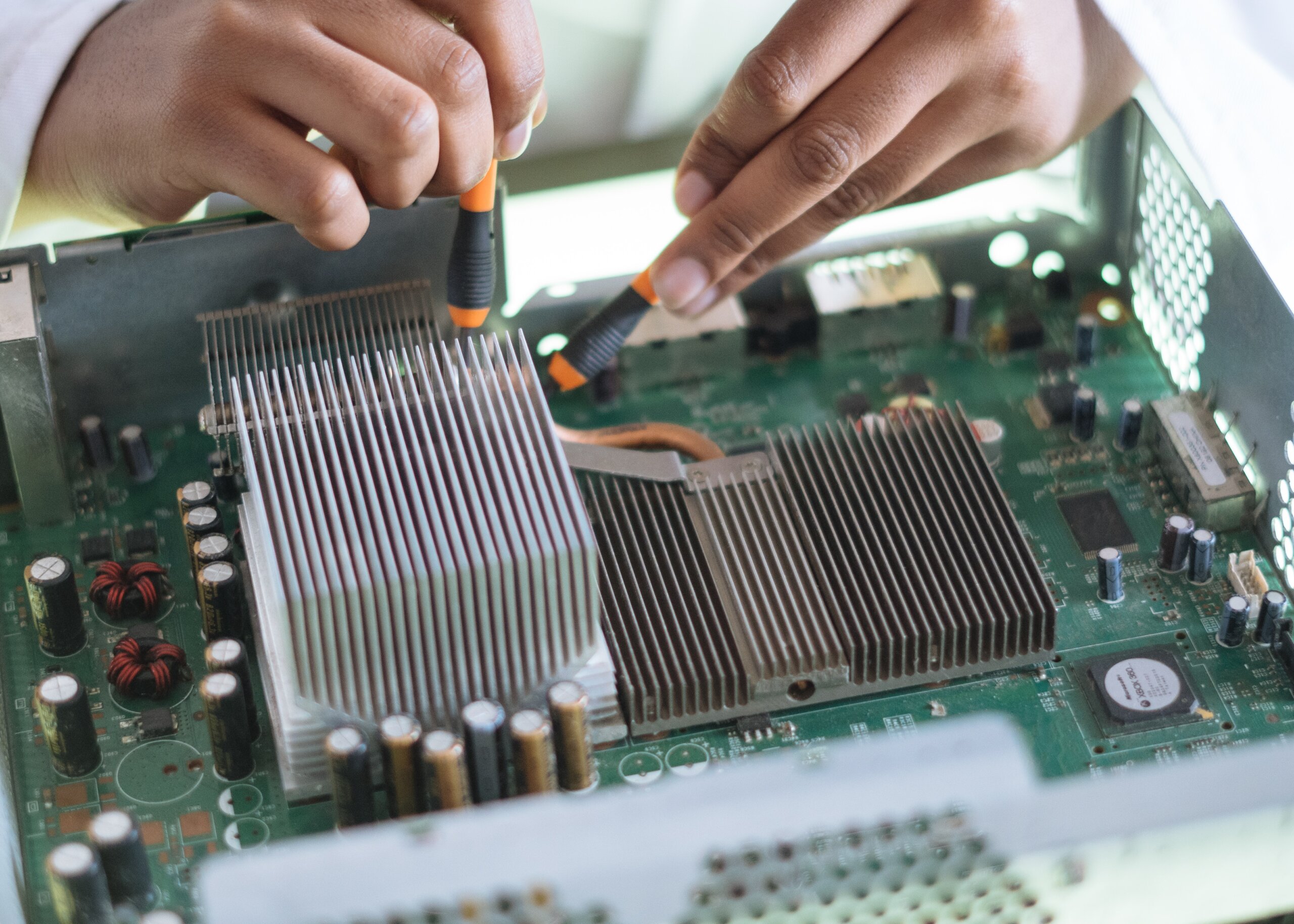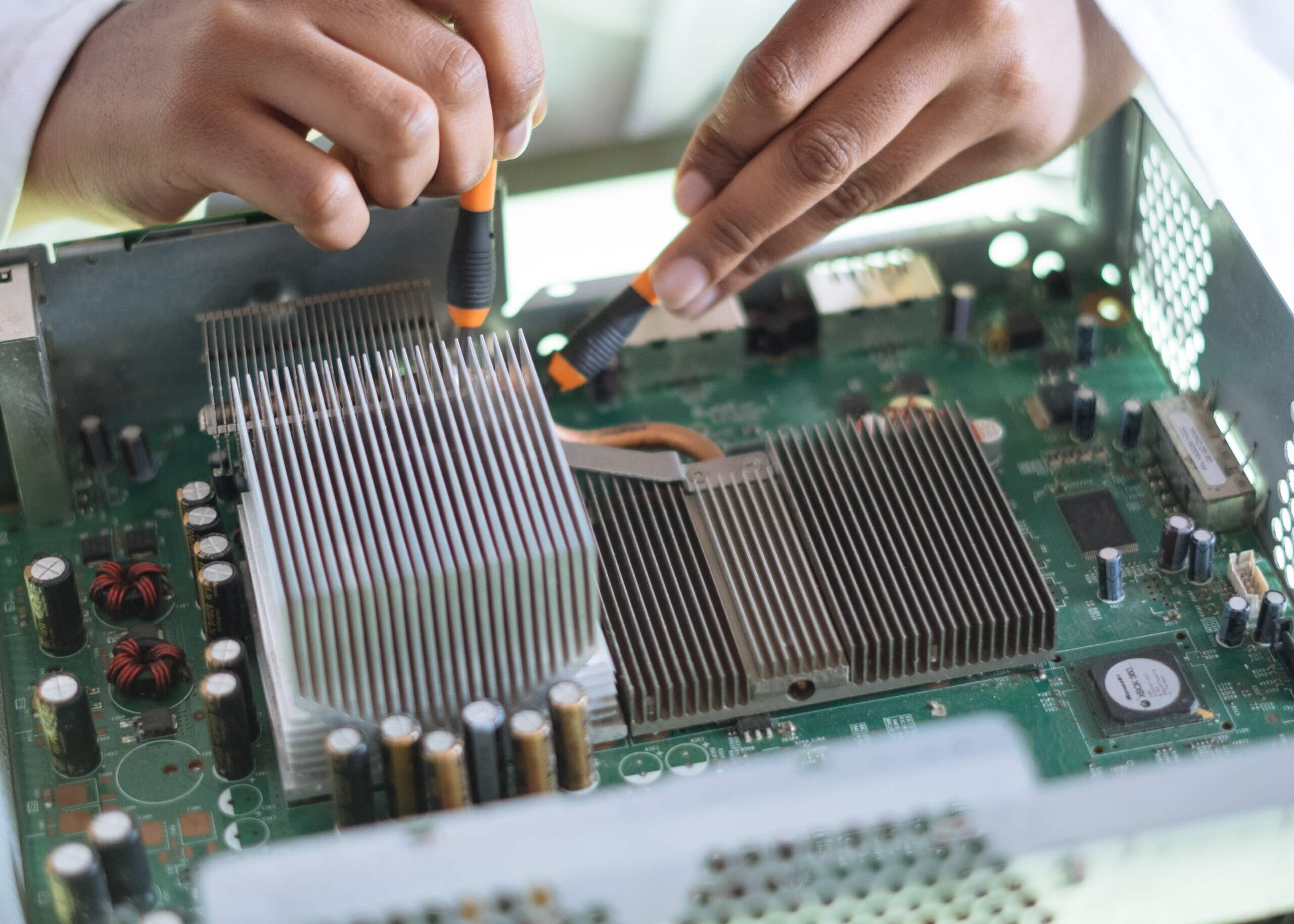Beijing has been astute in recognizing that business is more than business: It carries strategic implications. The Chinese Communist Party has developed and deployed an extensive toolkit for drawing in American and other foreign companies – trading the promise of profit in exchange for advanced technology of strategic value, leverage over international value chains, and the ability to shape the economic order.
This has created a tremendous threat to American, and international, competitiveness – as well as to the very companies seeking out the Chinese market: In transferring technology and industrial capacity to China, they relinquish their own core advantages, as well as the industrial bases of their home countries. They therefore prop up both Chinese competitors and the Chinese Communist Party. And they endanger the national security, economic growth, and autonomy of the rest of the international system.
This challenge is increasingly recognized. But how to respond? Companies, in all their short-sighted wisdom, remain fixated on the Chinese market: As James McGregor, former chair of Greater China for Apco Worldwide said in an interview, “The formula with China is that you can’t not be there. You have to be there, it used to be, because the market was so big and growing.” And even if US businesses can be convinced to act in their and the country’s long-term interests and pare back their China presences, that will only open the door for competitors from other countries to seize the opportunity to increase their own sales. “If American companies retreat from China, the Koreans and Japanese and Germans and God knows who else will usurp American companies,” McGregor said. “That’s the problem. If you’re not in China doing business, your competitors will be in there.”
The Semiconductor Case
Semiconductors offer a ripe example of the scope of this challenge – as well as how an effective response might be formulated. Semiconductors constitute critical industrial inputs, with both military and civilian applications. They also constitute a core priority of the Chinese Communist Party, which is actively seeking to overtake the international semiconductor industry. And semiconductors are also an area where early indications suggest that the US, its allies, and its partners can work together, and work with their private sectors, to face down a modern industrial challenge.
Beijing recognizes that semiconductors are the No. 1 “chokepoint” that so-called techno-democracies possess over it: China manufactures some chips on its own, but they are not the most sophisticated. Foreign companies still possess a commanding lead in many different aspects of designing and making the most advanced chips, namely the ones whose circuits are only 3 to 5 nanometers in width. Altogether, China purchases 300 billion USD worth of semiconductors from the world every year, more than it spends on imported petroleum. These are key inputs into China’s industrial and military production – and with, Beijing’s ambitions.
But at the same time, China has secured influence over semiconductor supply chains. China has developed a commanding position in the “dumber” elements of semiconductor production, like packaging, testing, and material inputs. China’s market is also the leading destination for semiconductor sales. Thanks to the resultant leverage as well as government support, China is rapidly climbing up the semiconductor value chain, including by buying advanced semiconductor equipment and enticing companies to move semiconductor production to China.
It’s obvious that private sector companies from different countries, who see each other as fierce competitors, will not be able to agree on a strategy to limit the volume of their sales or limit the level of technology they sell in China. Governments will have to be involved, and not only the United States. The effort must involve other allied nations. The US will have to retreat from unfettered globalization, but at the same time embrace and enhance globalization when it comes to relations with like-minded nations.
Crafting a Strategic Response
What’s needed to address the semiconductor challenge is a consistent, coordinated campaign across multiple fronts with multiple allied countries. It will demand alignment of defensive regulatory tools like export controls, investment security mechanisms, and restrictions on data and capital flows, paired with more proactive interventions in the market such as investment in the restoration of industrial and manufacturing bases independent of Beijing. That means investing in semiconductor production specifically. It also includes investment in bringing customers for those chips – think consumer electronics, computer, and smart phone industries – back to the United States and its partners.
This is not an easy task. Such a response would challenge the Washington bureaucracy because different agencies have different responsibilities—the Commerce Department manages export controls, the Treasury Department has overview of the foreign investment screening mechanism CFIUS, and Treasury and the Securities and Exchange Commission are involved in monitoring monetary and investment flows. It would require unprecedented alignment between the US and its allies and partners. It would also require all of those governments to work closely and effectively with their private sectors, not only defensively but also offensively.
That said, there are early indications that the seeds of such an approach are being sown.
Defensively, the United States has enjoyed some success in persuading the Europeans and Japan to cooperate in halting the export of semiconductor manufacturing equipment, including ASML’s extreme ultraviolet lithography systems, to China. In June 2022, the Biden Administration launched an initiative to deepen economic engagement with Taiwan called the “US-Taiwan Initiative on 21st-century Trade.” Items on the agenda include coordination of export controls and measures to secure semiconductor supply chains. And, after US objections, the United Kingdom is conducting a national security review of the Chinese acquisition of Newport Wafer Fab, a factory in Wales that transforms logs of silicon into circular wafers that eventually get cut into chips. A final decision has not yet been made. But the review is another signal that cooperating with European allies to prevent China from obtaining advanced semiconductor manufacturing equipment is possible.
More proactively, in May 2022, Japan and the United States announced that they would work together to improve research and production of semiconductors. And domestically, the US government is positioning to encourage investment in semiconductor manufacturing at home. Intel said in January 2022 it would spend at least 20 billion USD to build two new chip factories near Columbus, Ohio; Taiwan’s TSMC has begun construction of a 12 billion USD semiconductor complex near Phoenix; and Samsung Electronics chose Taylor, Texas, near Austin, for a 17 billion USD factory.
A Path Forward
Compared to the challenge at hand, these are baby steps. However, they do signal a recognition of the industrial competition underway, as well as of a coordinated response that pairs offense and defense – and brings in multilateral coalitions of public and private sector players. Such recognition might be overdue. But it is also imperative. And it can inform a broader US techno-industrial strategy.
A global semiconductor strategy, if it could be established, might set the template for how the techno-democracies can compete in today’s industrial era. It presumably could be done even for technologies where the United States and allies lag behind such as 5G wireless communications. Sweden’s Ericsson and Finland’s Nokia, whose governments are now joining NATO, possess some key technological strengths in 5G. Why not draw them into a coordinated strategy among the techno-democracies to leapfrog China?
None of these emerging industries can be pursued by a go-it-alone America. But nor can any be developed without guardrails and a competitive orientation. Welcome to the new globalization.
William J. Holstein is a New York-based business journalist and author of nine books, including “A Grand Strategy; Countering China Panning Technology and Restoring the Media.” His next book, “Battlefield: Cyber – How China and Russia Are Undermining Our Democracy and National Security,” will be published by Prometheus Books.
(Photo by Pexels)




